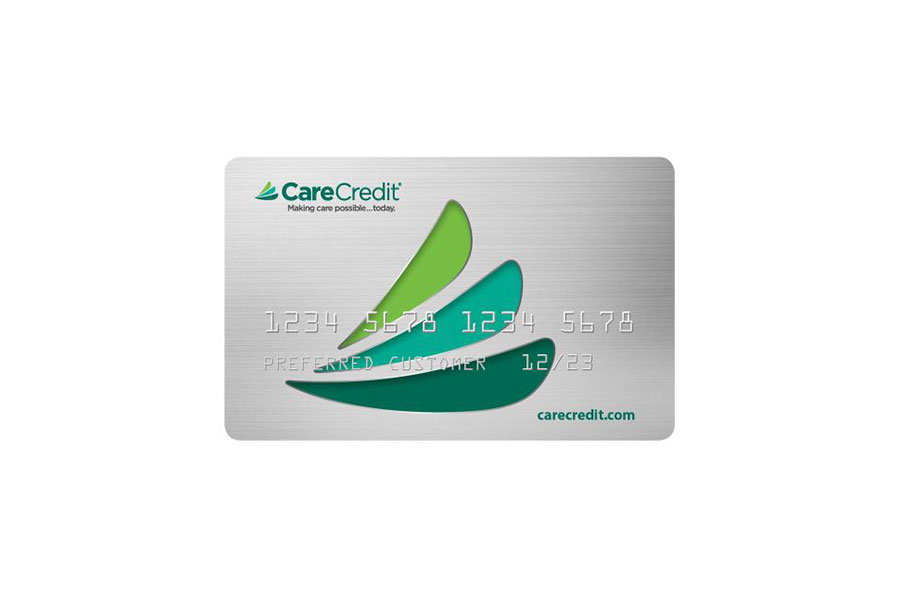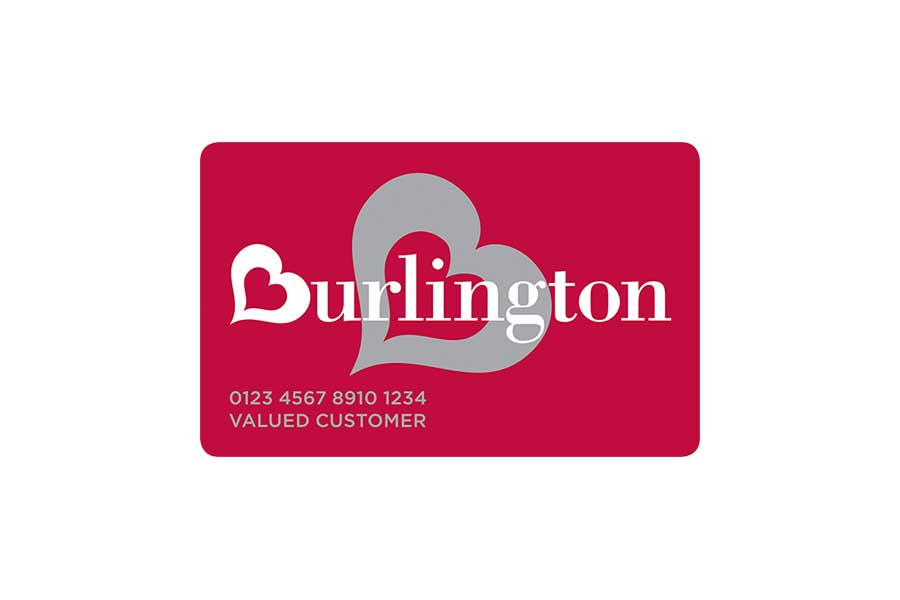Sometimes you need to take someone off your credit card. Maybe it’s a child who’s managing their own money now, a former spouse after a divorce, or a business partner you no longer work with. Even if you’re still on good terms, you might not feel comfortable giving someone access to your credit line.

Removing an authorized user is simple in most cases, but it’s still a decision that affects both parties. This guide explains how the process works, what to consider before you act, and what to do after their name is off your account.
Key Takeaways
- Removing an authorized user usually involves contacting your credit card issuer, requesting removal online or by phone, and confirming the change went through.
- Common reasons include financial independence, broken trust, relationship changes, fraud risk, or high credit utilization.
- After removal, notify the user, retrieve their card, check your credit report, review automatic payments, and update account details for security.
Reasons to Remove an Authorized User From Your Credit Card
Sharing a credit card can be helpful in certain situations, but there are times when it makes sense to remove an authorized user. Here are some of the most common reasons:
- They’re financially independent now: Many people add a child or partner to help them build credit. But once they’re managing their own finances, keeping them on your card may no longer be necessary—and could expose you to extra risk.
- There’s been a breakdown in trust: If the authorized user overspends or doesn’t communicate about charges, you’re still the one responsible for the bill. Removing them can help you regain control.
- The relationship has changed: A breakup, divorce, or the end of a business partnership can be a good reason to cut shared financial ties, including joint credit access.
- You’re worried about fraud or misuse: If their card is lost, stolen, or you suspect it’s being used irresponsibly, removing the user is one of the fastest ways to protect your account.
- Their spending is affecting your credit score: If their purchases are driving up your credit utilization ratio, it could lower your credit score. Taking them off the account can help keep your credit in better shape.
Before removing someone, consider having a direct conversation. It may help avoid misunderstandings and preserve the relationship, especially if the change wasn’t expected.
Steps to Remove an Authorized User From Your Credit Card
Removing an authorized user is usually quick, but the process can vary slightly depending on your credit card issuer. Here’s a general guide most issuers follow:
Step 1: Start by Contacting Your Card Issuer
Many credit card companies let you remove an authorized user online or through their mobile app. Log in to your account and look for account management or user settings. If your issuer doesn’t offer this option—or if you’d rather speak to someone—call the customer service number on the back of your card.
Some companies also offer automated phone systems for this request, so you may not need to wait on hold.
Step 2: Submit the Removal Request
Once you’re in touch, either online or by phone, provide the name of the authorized user and confirm which account you’re removing them from. Double-check that all details are correct before submitting the request.
Step 3: Confirm the User Has Been Removed
Follow up to make sure the removal was processed. You can check your account online or call your issuer again to confirm. Some issuers update this immediately; others may take a few business days. Ask about the timeline when you first make the request so you know what to expect.
What to Know Before You Remove an Authorized User
Before you remove someone from your credit card account, take a few simple steps to avoid confusion or issues later.
- Check for pending charges: Make sure there are no outstanding transactions from the authorized user. As the primary cardholder, you’re responsible for any charges on the account—even after removal.
- Have a direct conversation: If possible, talk to the authorized user before removing them. Clear communication can help avoid misunderstandings or tension.
- Secure the physical card: Ask for the card back or make sure it’s destroyed. Even though it becomes inactive once removed, destroying the card adds an extra layer of security.
What to Do After You Remove an Authorized User
Once the authorized user is off your account, take a few final steps to protect your finances and keep things running smoothly:
- Let them know: If they weren’t already aware, inform the user that they’ve been removed. It’s better they hear it from you than find out when their card is declined.
- Retrieve or destroy the card: If possible, collect the card. If not, ask the user to destroy it. This prevents accidental use or potential fraud.
- Monitor your credit report: Double-check that the user is no longer linked to your account. Updates can take a few weeks to show up.
- Recheck your credit utilization: If the user was a heavy spender, your credit utilization ratio may shift. Review your statements to see how it’s changed and adjust as needed.
- Update login and security info: If they had access to your online account or PIN, update your credentials to protect your information.
- Cancel linked payments: Make sure any automatic payments set up by the user—like subscriptions or bills—are canceled or transferred. You don’t want surprise charges popping up.
How to Remove Yourself as an Authorized User
If you’re an authorized user and want to remove yourself from someone else’s credit card account, here’s how to go about it:
Ask the Primary Cardholder to Remove You
The simplest path is to contact the primary cardholder and ask them to remove you. Most credit card companies require the account owner to make the request, so this is usually the fastest and most reliable way.
Contact the Credit Card Issuer Directly
If you can’t reach the cardholder—or don’t want to involve them—you can try contacting the card issuer yourself. Some issuers will process the request directly from an authorized user, but not all. Be ready to share identifying details like your name, the account number, and the primary cardholder’s name.
Watch Your Credit Report
After you’ve been removed, check your credit report to confirm the account no longer appears under your name. This change may take a few weeks depending on the issuer’s reporting schedule.
Final Thoughts
Taking someone off your credit card is usually straightforward, but it’s still a decision that can affect your finances and your relationships. Before you make any changes, think through the impact and have a clear plan in place.
Once the removal is complete, double-check your account settings, update any shared info, and keep an eye on your credit. If you’re unsure how your card issuer handles it, a quick call or online message can clear things up fast.
Frequently Asked Questions
How long does it take to remove an authorized user?
The timeframe can vary among card issuers. While some might remove an authorized user immediately upon request, others might take a few business days. It’s best to confirm with your credit card issuer.
Does removing an authorized user affect credit scores?
It can. If the account had a long positive history, removing it might cause a small dip in the authorized user’s credit score—especially if it was one of their oldest or only accounts. For the primary cardholder, the impact depends on how the user’s spending affected things like credit utilization. If they were running up a high balance, removing them could actually help your score.
Does removing an authorized user cost anything?
Typically, there are no costs associated with removing an authorized user from a credit card account. However, some credit card issuers may have different policies, so it’s best to check.
Will the authorized user be notified when they are removed?
Typically, the credit card issuer won’t notify the authorized user when they’re removed. It’s the primary cardholder’s responsibility to inform the user.
Will removing an authorized user affect my credit limit?
Removing an authorized user does not affect your credit limit. However, it can impact your credit utilization ratio if the authorized user contributed to paying off the balance.




